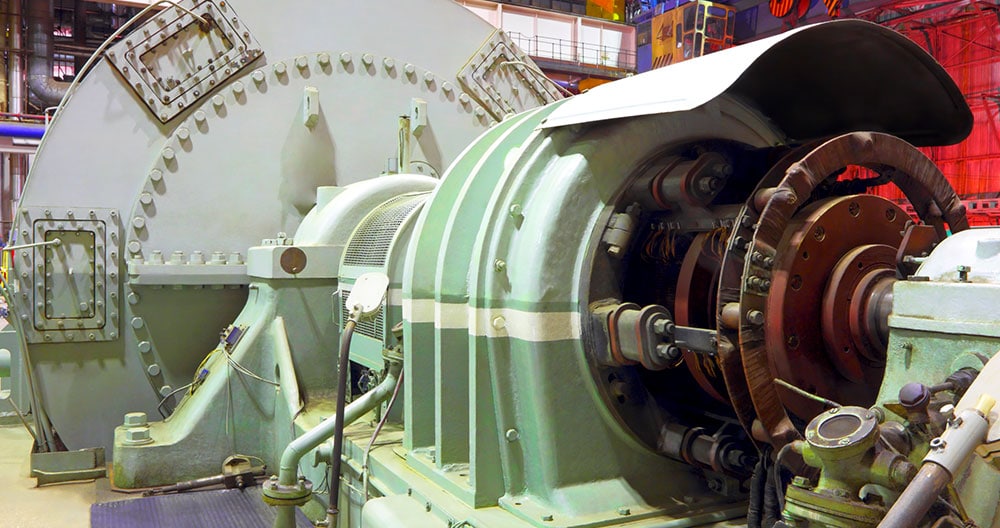The Basics of Machinery Vibration Testing

Vibration testing is an essential part of maintaining mission-critical machinery that powers your business. The foundation of all vibration testing is the data provided by the frequency of a motor or fan operating at its nominal RPM. An analyst working with a motor that turns at 900 RPM is looking for how the machine vibrates at that RPM. However, they are also looking for signs of vibration that are significant outside of that frequency range. How much is too much? It, of course, depends on the motor or fan being tested and several points of data.
Understanding the Data
Vibration testing data is much more complex that is typically understood and requires significant formulaic evaluation. Fourier transforms give headaches to math and science students who take classes in differential equations. These, along with other mathematical formulas and equations, come into play when evaluating vibration testing data. Put simply, the signal from the vibration analysis tool is decomposed, or broken down, into the actual frequency of the machine. While most people think of the frequency as related to tone or sound, though this isn‚Äôt quite the same for vibration testing. In fact, what testing does is determine the amplitude of the machinery’ operation at various frequencies.
Vibration Analysis and Testing Protocols
Using Fast Fourier Transforms (FFTs), an analyst can look for deviations in those frequencies. For example, if the amplitude (amount of vibration) at 900 RPM is lower or higher than what is expected for a given machine that operates at that angular velocity, the analyst will likely make a note of it. The analyst will compare it to historical standards as well as monitor it based on the testing program. Those are usually performed on a monthly, quarterly or annual basis.
Not All Vibrations are Equal
Imagine a fan with five blades, like in a cooling tower. Those blades will each produce a vibration with a peak that is five times the fan’ operating speed. If the fan was running at the same operating speed as the above hypothetical motor, an analyst would expect to see a secondary amplitude spike at 4,500 RPM.
When looking at these, vibration testing reveals one less-than-obvious fact: no piece of machinery is ever completely in balance or in tune. The rotors in electric motors cannot be perfectly aligned and may change angle over time. In the case of the fan, even small amounts of turbulence are created as the blades rotate around the housing, causing variations in the vibration and associated data.
When that’ the case, there will be subtle harmonics or changes in frequency. A system analysis is not the search for a perfect number. Rather, it is looking for outliers that show that there are deviations that are substantially outside the norm for a motor of that kind.
When Amplitudes at Other Frequencies are Detected
The value of vibration analysis comes in a technician’ ability to set up a proactive plan for maintenance. By doing so, an assembly plant owner can schedule any necessary repairs during downtime. However, in the next post, we‚Äôll take a look at what needs to happen when anomalous vibrations are found at unexpected frequencies and how technicians analyze those to make recommendations.
Keep Your Machinery’ Maintenance on Target with Vibration Testing
If you are looking to ensure that your machinery operates at peak efficiency without having to worry about unexpected maintenance downtime, contact VSC today for a consultation about the right vibration analysis plan for your equipment.